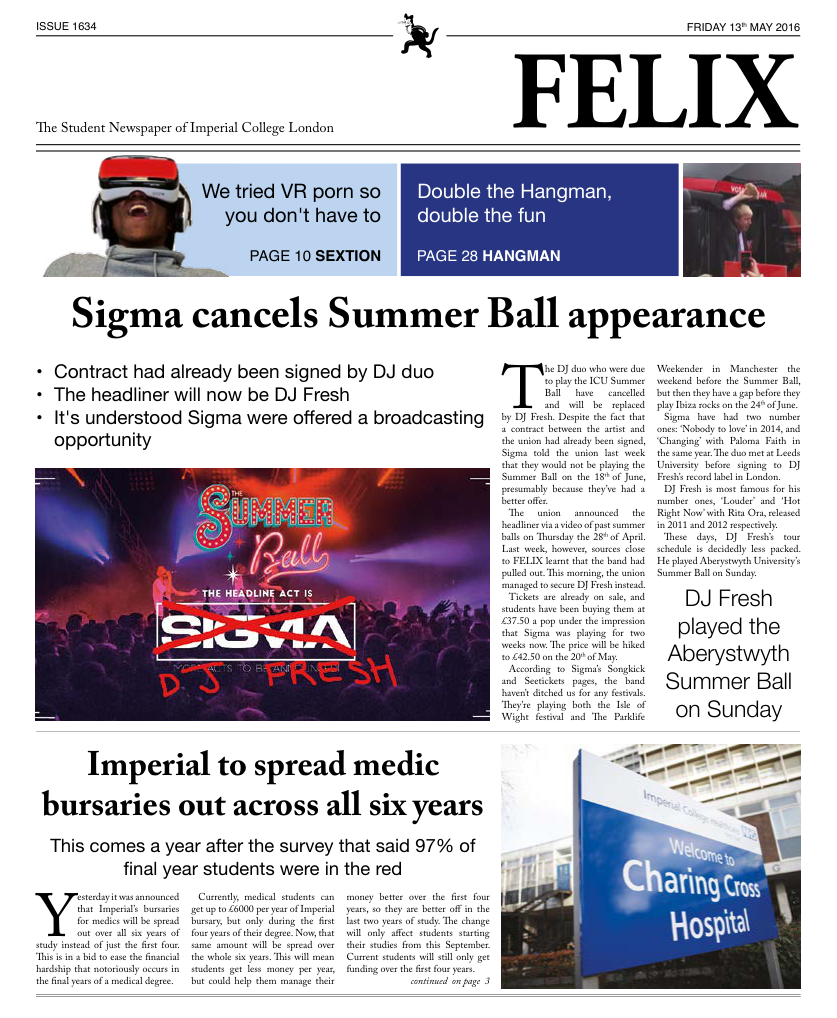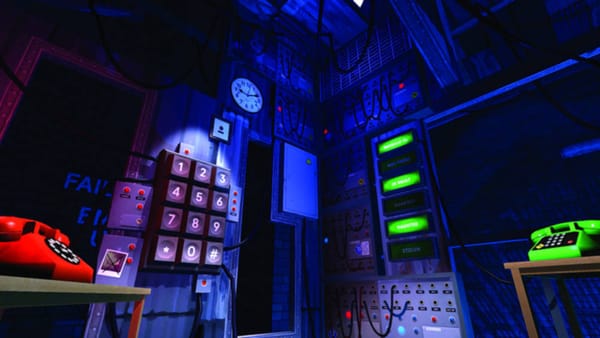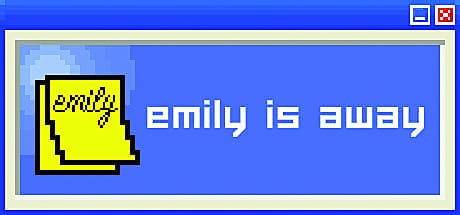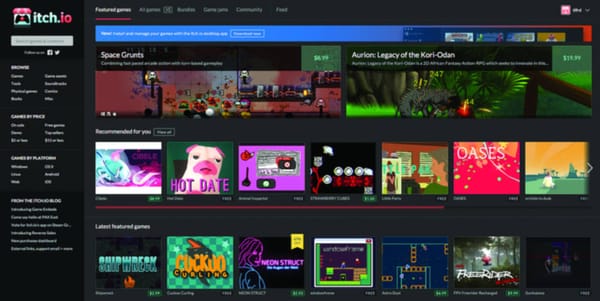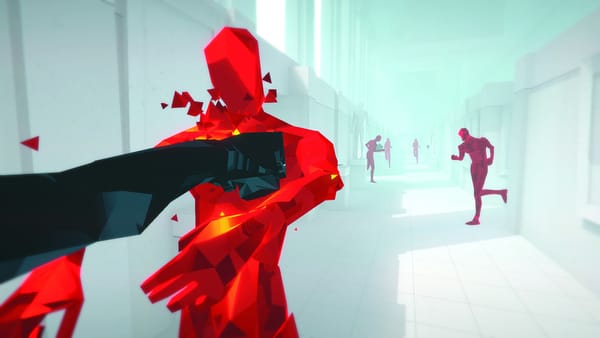Nintendo’s twilight years
It’s a sad time to be a Nintendo gamer and a Wii U owner
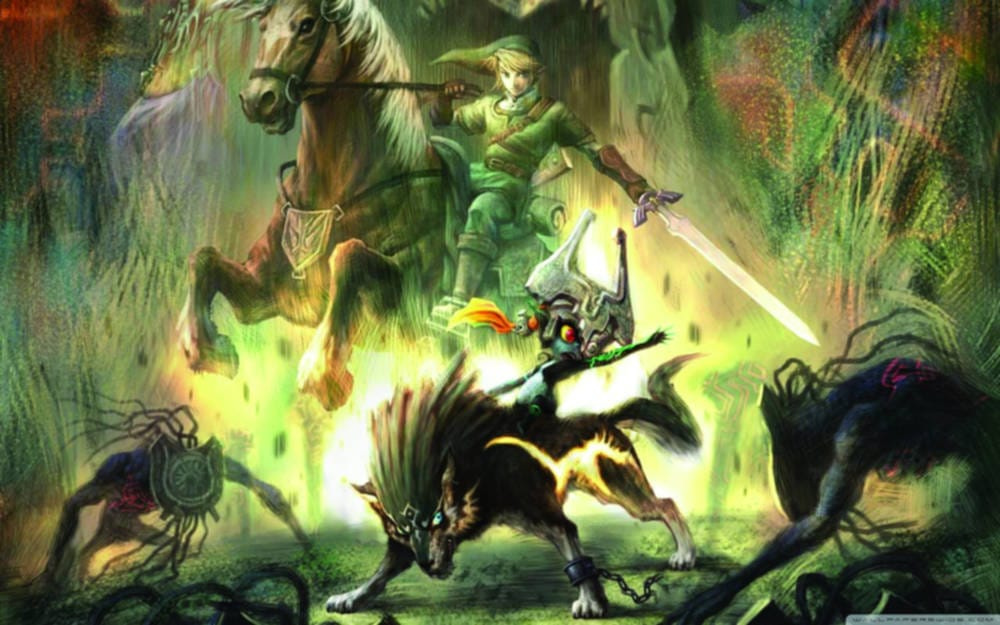
When The Legend of Zelda: Twilight Princess was first released in 2006, Nintendo was at a turning point. It had just released the Wii, which would radically alter its fortunes, after years of losing sales to Sony with the disappointing GameCube. The years preceding this represented some of Nintendo’s best, and Twilight Princess, in its time, was considered no exception. Since then Nintendo have attempted to streamline their games, making them both accessible to core and more casual audiences. Twilight Princess was interesting in the fact that it was released for both the GameCube and Wii, with motion controls added to the latter. The Wii U version of the game is not much more than a HD re-release – removing the motion controls to make it more like the original.
The Wii U, like the GameCube, has not been the success Nintendo had hoped for. Both have ended up following similar paths, with Nintendo, in defeat, focusing on its core franchises and fans. Twilight Princess was released during the twilight period of the GameCube and its HD update has been similarly released during the end days of the Wii U. By examining the differences between the two versions, we can come to understand how Nintendo has changed in the last decade.
The minimal graphical update of the game (which even in 2006 looked pretty bad) reflects the relatively small increase in detail, in both geometry and textures, that Nintendo’s games have undergone in comparison to their rivals.
A number of small gameplay features have been simplified to make certain interactions less frustrating (the Wii U controller makes switching items and between Link and Wolf a doddle) – in the same way that Nintendo has added easy modes and refined player interactions so that their games are accessible to all. They may have focused once again on core franchises, but these games are now more suited to ‘casual’ gamers. Possibly the most illuminating feature of the Twilight Princess HD is its use of Amiibos, Nintendo’s toy-to-life series. The implementation here screams of a company out of ideas, revisiting old franchises to sell toys. Has Nintendo given up? It seems so. There are no major games on the horizon other than Zelda Wii U (the only game they will be showing at this summer’s E3). It’s a sad time to be a Nintendo gamer and a Wii U owner.
These are not only the twilight years of the Wii U, but the twilights years of an era of Nintendo defined by a serious lack of growth.


